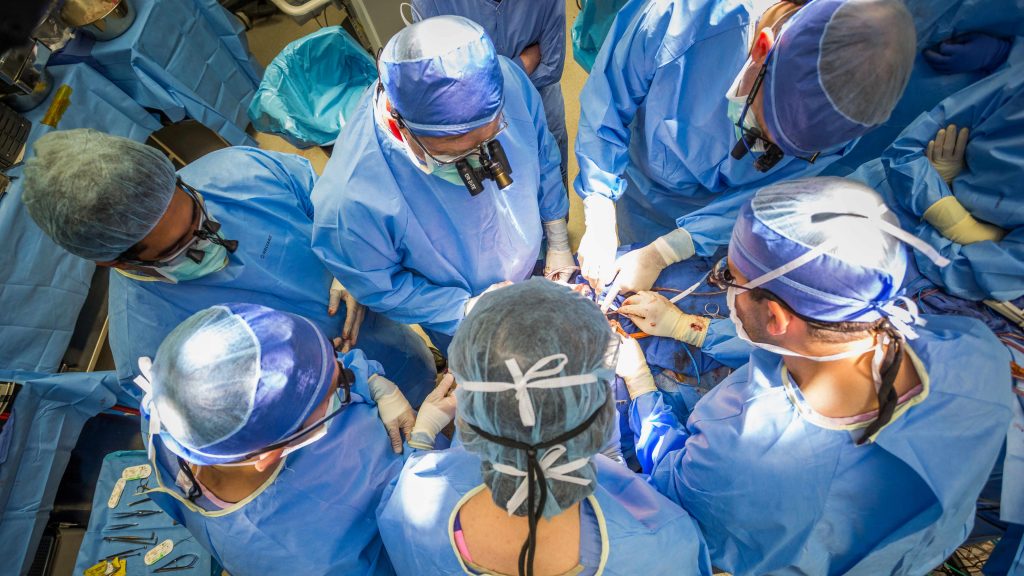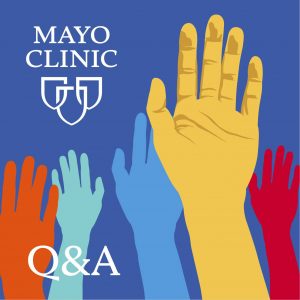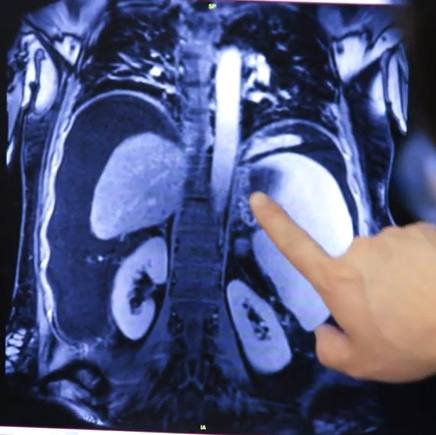-
Mayo Clinic Q&A podcast: Mayo Clinic expands living liver donation program

More than 12,000 people in the U.S. are waiting for a liver transplant, and 1 in 5 of those on the national waiting list will die or become too sick before an organ becomes available. Due to the shortage of available deceased donor organs, Mayo Clinic in Rochester, Minnesota, is expanding its living liver donation program. While living donors traditionally have been people who know the recipient, such as a family member or friend, the Mayo Clinic program now include non directed and paired donation options.
On the Mayo Clinic Q&A podcast, Dr. Timucin Taner, a Mayo Clinic transplant surgeon, discusses the process of living liver donation and shares information on becoming an organ donor.
Information in this post was accurate at the time of its posting. Due to the fluid nature of the COVID-19 pandemic, scientific understanding, along with guidelines and recommendations, may have changed since the original publication date.
For more information and all your COVID-19 coverage, go to the Mayo Clinic News Network and mayoclinic.org.








